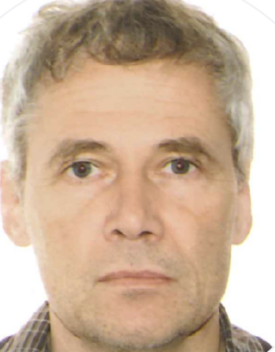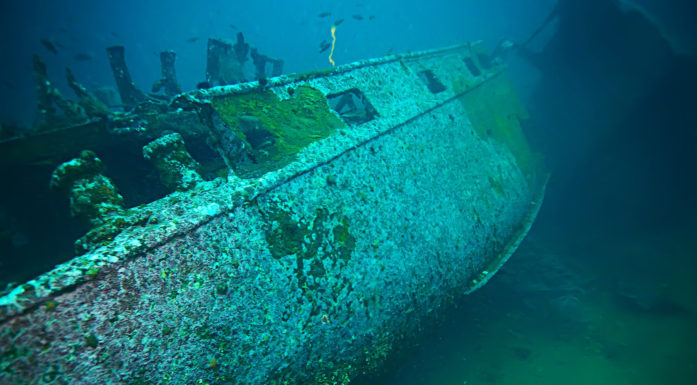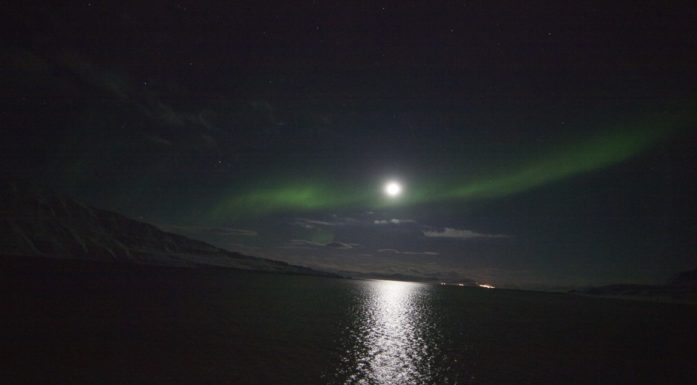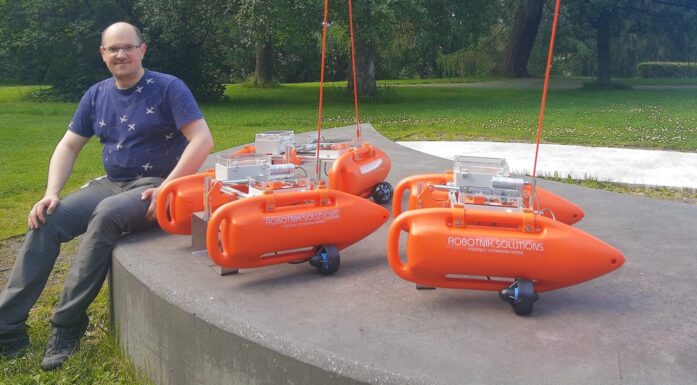New video offers a peek into Lake Mjøsa shipwreck
The discovery of what may be Mjøsa’s oldest known shipwreck to date drew international attention just before last Christmas. The researchers have now secured a video of “Storfjorden I.”
Norway’s largest lake has not been quite the same since 2022. Not only were a number of air-to-air missiles discovered on the lake bottom, but suddenly people began to wonder if Mjøsa might actually be Europe’s deepest lake.
New video material has confirmed that a shipwreck found last autumn is indeed of high cultural and historical value.
Potentially important piece
“The damage we can see on the ship is unlikely to come from the sinking,” says Øyvind Ødegård, a marine archaeologist at the NTNU University Museum. “In our experience, this is a type of degradation that we find on wood that has been under water for a very long time.”
Until recently, researchers only had sonar images – that is, visual renderings of sound signals – of the shipwreck, which has now been named “Storfjorden I.” Details like this haven’t been visible previously.
Now the researchers have explored to a depth of 410 meters with an underwater drone and filmed the wreck. They have not yet determined a final dating on the ship. But at least one thing is certain:
“We’re clearly talking about a protected cultural artefact,” says Ødegård. The marine archaeologist also describes the find as a potential key to understanding seafaring on Mjøsa before the 19th century and says that the new images reveal several details that can inform us about the age of the ship.
The discovery of Storfjorden I is likely just a foretaste of what lies ahead – and now the complete programme for Mission Mjøsa is ready to roll. A group of NTNU researchers, with the support of several external actors, are ready to set about finding solutions to the long series of challenges that characterize the lake.
One lake – many functions
Mjøsa has served as a resource in many ways throughout the ages, ranging from an important route for transport and water reservoir to a food source and recreational arena. And the lake will hopefully continue to do so for a long time to come.
Since The Mjøsa Campaign (Mjøsaksjonen) in the 1970s, however, it has been well known that human activity around Mjøsa also brings with it certain challenges.
Runoff from agriculture causes regular algal and bacterial blooms. Sewage discharge degrades water quality. The coveted lake trout has consistently high levels of harmful environmental toxins. The lake has also been a dumping site for great quantities of ammunition, industrial waste and rubbish.
- You might also like: Eavesdropping on the Earth itself
A digital version of Mjøsa
“Some of these environmental challenges are only expected to grow as a result of climate change and altered rainfall patterns. Gaining more knowledge about the lake is crucial in order to be able to manage it in a sustainable way in the future,” says Rune Strand Ødegård.
Strand Ødegård is an associate professor at the Department of Manufacturing and Civil Engineering at NTNU in Gjøvik. He will head the work to create a digital twin of Mjøsa.
“We’re designing a digital tool that will collect data from the other research projects in Mission Mjøsa and various measurements that are being carried out today, and make it available,” says Strand Ødegård.
The researchers will start by developing a detailed terrain model of Mjøsa’s lake bottom. Eventually, satellite data, historical data and other measurements and research data will be included, he says.
“Unlike a normal map, the tool needs to continuously receive and make available data from various sensors. That is what makes it a digital twin,” says Strand Ødegård.
The NTNU researcher further explains that the digital twin should also be able to predict how the lake will be able to develop in the future, for example under different climate scenarios.
- You might also like: The toy boat that sailed the seas of time
Local starting point and global vistas
The aim of Mission Mjøsa is to understand how Lake Mjøsa can be managed in the best possible way. Along the way, technology, methods and interdisciplinary approaches will also be developed that can be used in the work on sustainable management of freshwater resources worldwide.
The research programme is therefore based on six varied research tracks. A number of research projects will take place both within and across the research courses. Over the next five years, five researchers and 15-20 PhDs will be employed and more than 120 bachelor’s and master’s students will be trained in connection with Mission Mjøsa.






